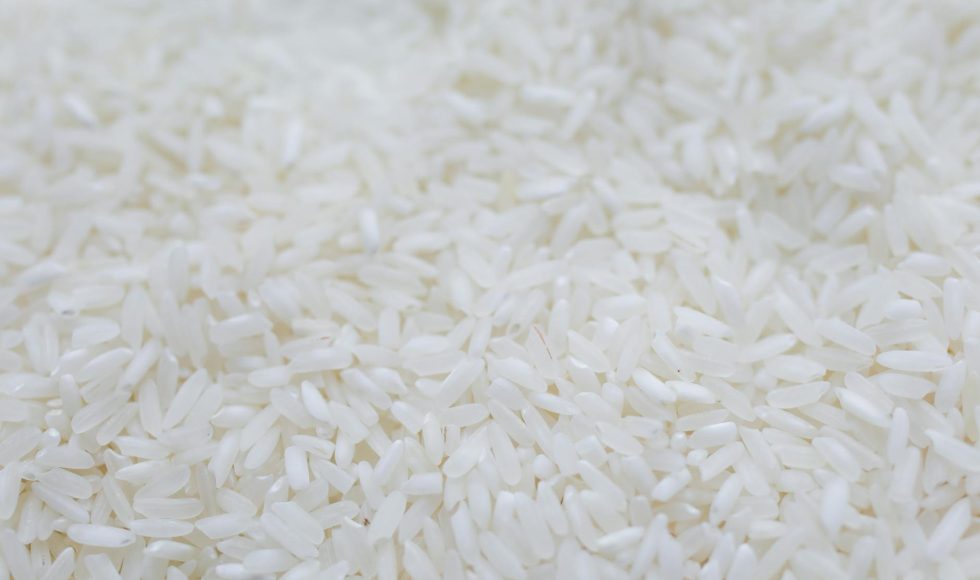Tonight, I watched the London Calling 2019 session by Irina Chelysheva from the University of Hamburg in Germany. The session’s title is “Small, modified, and highly structured: the challenge of tRNA sequencing.” Their lab is interested in sequencing tRNA because it is challenging. The major problems for sequencing, Chelysheva noted, include the short length of […]
Tonight, I watched Kimmo Palin from the University of Helsinki present at London Calling 2019 on “Retrotransposon variation in human genome and tumorigenesis.” They began by discussing retrotransposons and describing them as “copy-paste elements” in the genome that copy themselves with an RNA intermediate. They range in size between 300 bp and 6,000 bp. LINE1 […]
Anna Dolnik from the Charite University Medical Center in Berlin, Germany, presented at London Calling 2019 on “Genomic profiling in acute myeloid leukemia with complex karyotype.” They presented data on the survival of over 5,100 patients with acute myeloid leukemia (AML). The WHO in 2016 revised the classification of AML. A newly diagnosed AML patient, […]
Tonight, I watched the London Calling 2019 session “Ultra-long reads and ultra-long duplications: deciphering the mysteries of the Bordetella pertussis genome.” Natalie Ring from the University of Bath in the UK was the presenter. They spoke about whooping cough and how the introduction of vaccination in the 1950s reduced the number of reported cases. In […]
Tonight, I watched Miten Jain’s London Calling 2019 presentation on “Generating high-quality reference human genomes using PromethION nanopore sequencing.” Jain is from the University of California, Santa Cruz. They have developed a framework to produce reference-quality human genomes in a week. Jain spoke about the need to sequence many human genomes that can serve as […]
Vania Costa from Oxford Nanopore Technologies has recorded several Master Classes and sessions with ONT. I watched the London Calling 2019 session “The fever tree: extracting and preparing the DNA of Cinchona pubescens.” This plant produces quinine that is used for malaria and fever treatment. The team wanted to sequence the Cinchona genome to learn […]
Aaron Brooks from EMBL Germany presented at London Calling 2019 on “Measuring SCRaMbLEd transcription with direct RNA sequencing.” Direct RNA sequencing has interested me since we tried it last summer for bacterial transcriptomics. Brooks asked: “What if you could build a genome from scratch?” and “Where would you place the transcriptional units?” It is now […]
My Linh Thibodeau from the University of British Columbia in Canada presented at London Calling 2019 on “Resolution of germline hereditary cancer structural variants using nanopore sequencing.” They began talking about the Personalized OncoGenomics Program (POG), which is an initiative of BC Cancer. The study enrolls participants and conducts extensive genomic analyses. The team evaluated […]
Marie-Christine Carpentier, from the Genome and Plant Development Laboratory in France, presented at London Calling 2019 on “Using long-read nanopore sequencing to unravel structural variations in plants.” We have been trying plant genome sequencing and want to learn more. Carpentier spoke about transposable elements. Mobile elements can move within a genome. Carpentier noted that the […]
Kuan-Ting Li from Cold Spring Harbor Laboratory presented at London Calling 2019 on “PSI-Sigma: a comprehensive splicing-detection method for short-read and long-read RNA-seq analysis.” PSI-Sigma is a splicing detection tool that measures percent spliced in. With nanopore long-read RNA-seq data, PSI sigma presents a newer splicing detection approach. PSI-sigma was benchmarked on synthetic RNAs and […]









